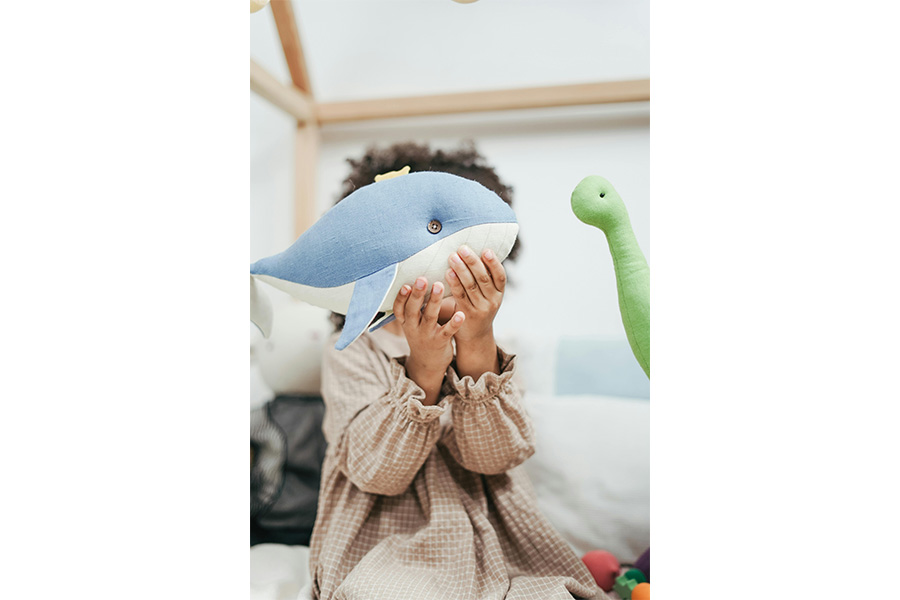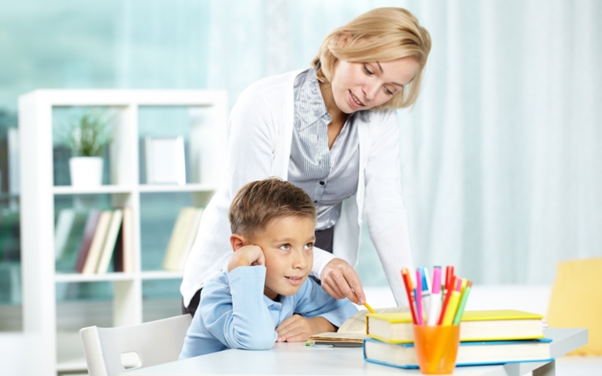For many adults, childhood memories are tied to the outdoors—climbing trees, chasing friends around the park, or simply running through the grass. These experiences are more than just fun. For children, outdoor play is a vital part of healthy development.
In today’s world, where screen time often dominates, it’s more important than ever to make sure children spend plenty of time outside. Fresh air, freedom of movement, and unstructured exploration all contribute to a child’s physical, emotional, and social growth.
Physical Development
Outdoor play gives children the chance to use their bodies in ways indoor spaces can’t always accommodate. Running, jumping, climbing, and balancing strengthen muscles and improve coordination. These activities also develop gross motor skills, preparing children for more structured physical activities as they grow older.
Exposure to natural light and fresh air also plays a role in healthy growth, supporting everything from vitamin D levels to better sleep patterns.
Building Confidence and Independence
The outdoors presents children with opportunities to test themselves in safe but challenging ways. Climbing a small hill, balancing on a log, or learning to ride a tricycle builds confidence. Each small achievement reinforces the idea that persistence leads to progress.
Unlike indoor play, outdoor environments are less predictable. This unpredictability helps children learn to adapt, make decisions, and trust their abilities—key qualities for resilience.
Social Learning in Nature
Playing outdoors with others helps children practise cooperation, negotiation, and problem-solving. Whether they’re inventing a game of tag, building a den together, or sharing a set of swings, they’re learning how to work in groups.
These moments often come with conflict—deciding who’s “it” or who gets the first turn—but with guidance, such experiences become valuable lessons in communication and empathy.
Creativity and Imagination
Nature is the ultimate open-ended resource. A stick can be a wand, a sword, or a fishing rod. A pile of leaves can transform into treasure or a pretend bed for woodland creatures. Unlike many manufactured toys, outdoor materials invite children to invent and reimagine.
This kind of imaginative play is crucial for cognitive development. It helps children think creatively, solve problems, and explore their ideas without boundaries.
Emotional Wellbeing
Spending time outdoors is linked to lower stress and improved mood in both children and adults. For young children, playing outside provides a natural outlet for energy and emotions. The open space allows them to move freely, release frustration, and experience calm through contact with nature.
The Role of Kindergartens
High-quality early years settings often place strong emphasis on outdoor learning. Whether it’s a garden, a nearby park, or nature walks, these opportunities are built into the daily routine. For example, families exploring nurseries in central London often look to places like Knightsbridge Kindergarten, where outdoor experiences complement classroom learning and encourage a healthy balance of play.
Encouraging Outdoor Play at Home
Parents can nurture outdoor learning in simple ways:
- Make it a habit: Schedule daily time outside, even if only for a short walk.
- Provide loose parts: Items like buckets, ropes, or natural materials spark imaginative play.
- Explore new places: Parks, woodlands, and gardens each offer different opportunities for discovery.
- Play together: Join in with games or scavenger hunts—it makes outdoor time more engaging.
Final Thoughts
Outdoor play is not just a break from learning—it is learning. From building resilience to enhancing physical health, from sparking creativity to boosting emotional wellbeing, the benefits are wide-ranging.
By valuing outdoor experiences alongside indoor learning, we give children the balance they need to grow into healthy, confident, and curious individuals.






